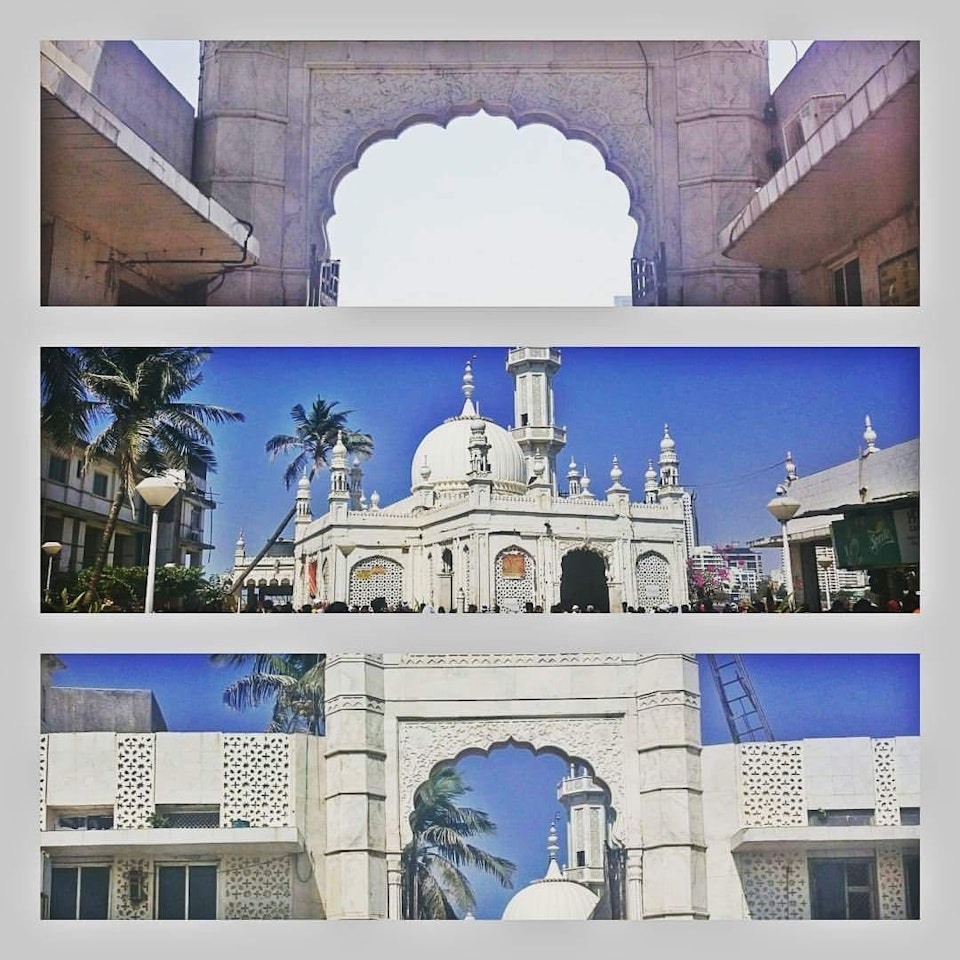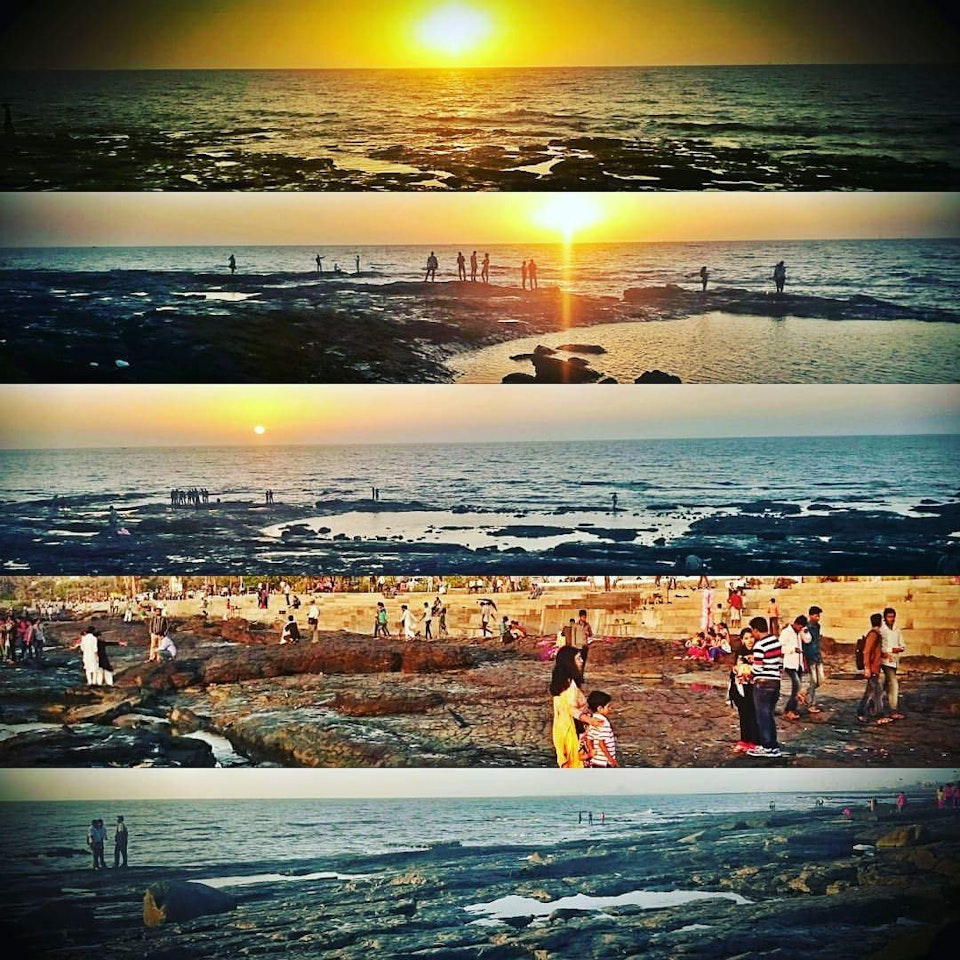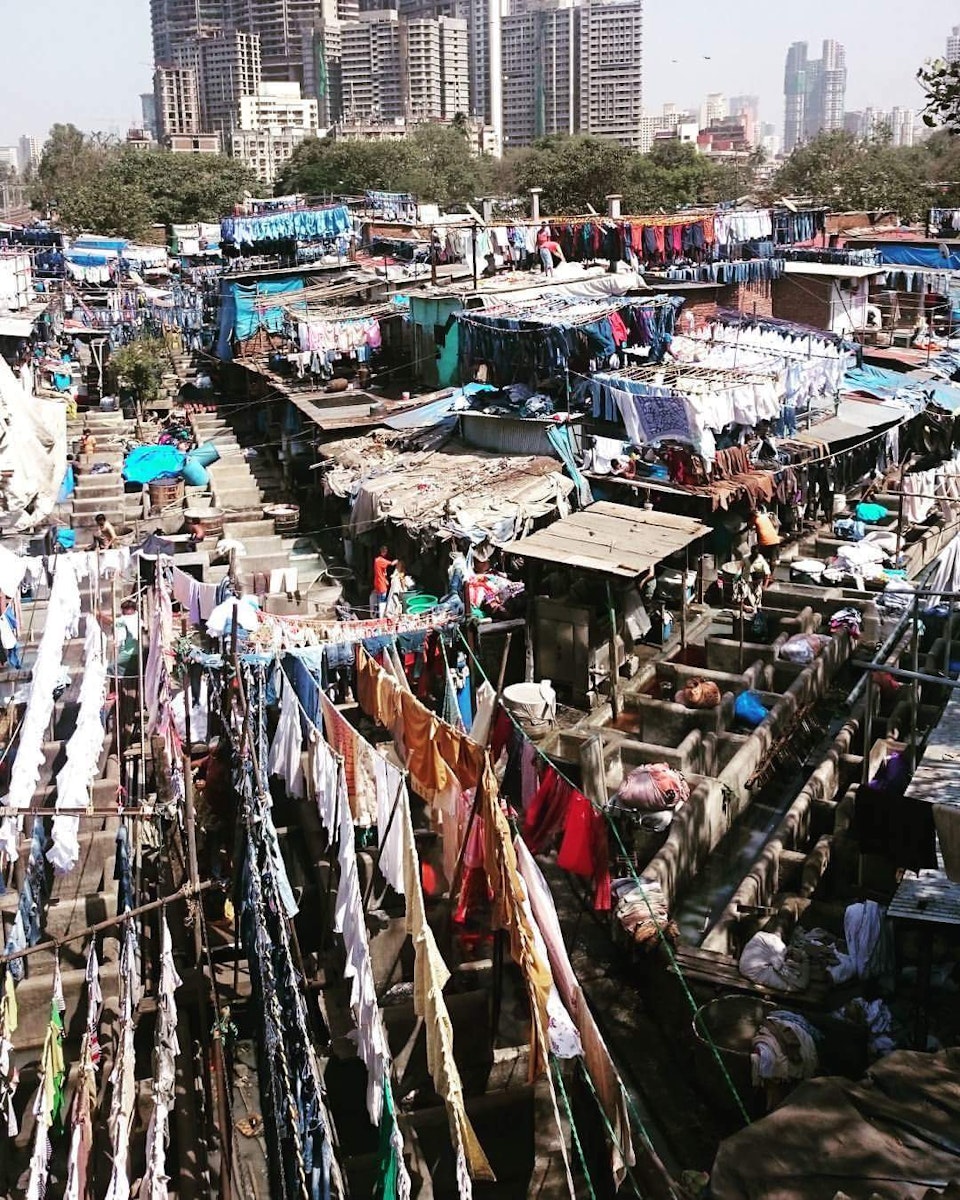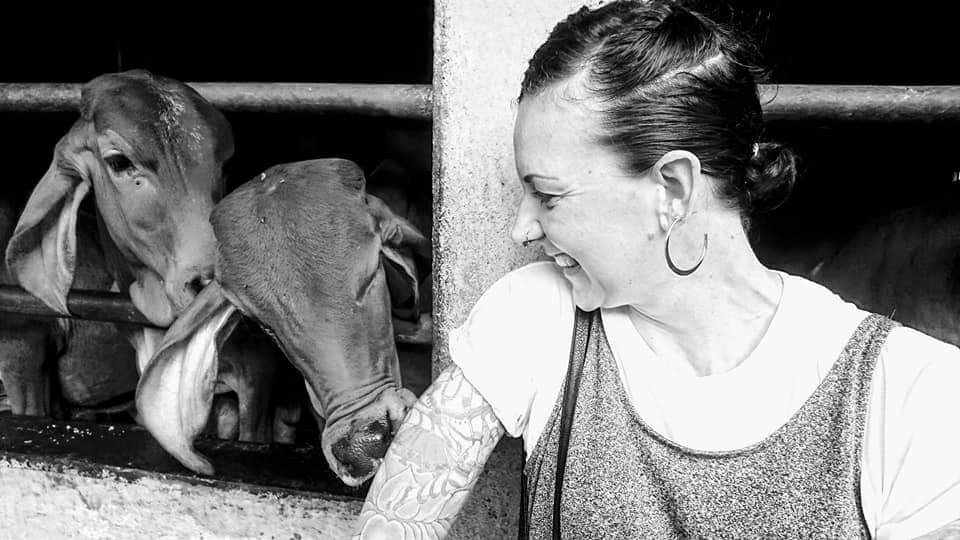May 23, 2018
Sunset Priest: Part Two
.jpg?auto=format&w=1440)
Melissa Hamlyn recently embarked on her first VAWAA: a clay and pottery getaway with Thomas at his Goa studio set amongst a beautiful rainforest. In addition to learning how to hand pinch and decorate clay, she partied with a Maharaj and some top notch local musicians at his prime beachside hotel and took numerous exhilarating motorbike rides to Goa’s many beaches. This was Melissa’s second time wading through the polarizing experiences India offers you; below, she attempts to manifest in words the challenges, observations and lived experiences that keeps India on her favorite destinations list.
#Mumbai Diaries
Mumbai is a 24-hour city, an eclectic mash-up of contemporary western aesthetics and night-life buzz alongside the more familiar eastern offerings I've become accustomed to.
Mumbai's extensive coastline greets the Arabian sea and provides a reprieve and retreat from the daily grind for Mumbaikars and day trippers alike. The unsheltered coastline reveals Indo-Islamic shrines that are beset with rocky inlets activated by street food stalls, bright neon lights, lovers young and old, overflowing bazaars and shanty communities.
A more 'international' appeal encapsulates Mumbai, gone are the dusty roadways, cattle, stray dogs and excessive refuse common among other Indian towns and cities due to government initiatives to improve the city; there are wide bitumen boulevards complete with traffic lights and pedestrian crossings, although these seem to serve as a suggestion rather than a rigid rule to be adhered to.
Exploring the city on foot punctuated by metro trips is the best mode of movement, allowing you to digest and integrate the multi-faceted personality of Mumbai. The metro consists of 4 main arteries taking you to the city limits, spacious carriages become overstuffed tins at peak hour with people casually hanging out of wide opened doorways that allow a much-welcomed breeze to circulate.
An impromptu autorickshaw ride through the city sees me arrive at Haji Ali Dargah, a floating religious retreat and Indo-islamic Shrine dedicated to Muslim Saint Pir Haji Ali Shah Bukhari, whose body lies here.

Haji Ali Dargah. Courtesy of Melissa Hamlyn.
Accessible only at low tide via a kilometre long causeway, the pilgrimage to the shrine is far from sombre or reserved but more akin to a seaside festival. Even the saint's tomb is decorated with flashing green neon fairy lights! The Haji Ali Dargah bazaar sells religious offerings, jewelry, and apparel, with one stall even selling Halloween masks!
Once at the shrine, makeshift marquees offer cheap and delicious charcoal chicken and beef dishes which you can enjoy on communal tables overlooking the sea.
As I sit enjoying the convivial spiritual surroundings, I am acutely aware I am the only Westerner present. I attract inquisitive stares from groups of brightly veiled women bundled in even more layers of beautifully printed silk and cotton niqabs, their young children, at first shy, approach me and practice their newly learned English.
Young men dressed in the traditional Arabic headdress known as a Ghutra (checked headscarves) and Thobes an (an ankle-length loose-fitting white robe) mix with more modern dressed men.
Back in the autorickshaw, I head to Bandra to check out some street art, however a communication fault sees me arrive at Bandra beach; I don't mind, the intensity of a hot day combined with the relentless traffic noise and crowds makes this a pleasant detour.
Bandra Beach. Courtesy of Melissa Hamlyn.
I am greeted with the soft golden glow of a setting sun and the sounds of Hindi pop songs filtering out of car windows. You won't find clusters of luxury apartments here or celebrity chef restaurants, just low key street vendors and small-scale communities of fringe dwellers in tiny shacks constructed of salvaged materials.
Washing hangs on a series of interconnected rope lines, an assortment of colourful fabrics, shawls, children's clothes, jeans, and t-shirts, I wonder if they ever venture to Dhobi Ghat?
Dhobi Ghat is the largest outdoor laundry on the planet and is a stones throw from Dharavi, Asia's second largest slum and home to over 1 million Mumbaikars and migrant workers and families.

Dhobi Ghat. Courtesy of Melissa Hamlyn.
Written by Melissa Hamlyn
Read Part One here

Courtesy of Melissa Hamlyn.
Melissa Hamlyn recently graduated from UNSW, Sydney, Australia with a Bachelor of Fine Arts (Honours) she combines her art curious nature with practical experience in the arts and hasparticipated in writing programs,organised zine fairs, exhibits in galleries and creates content fordigital media.
Events include DARK MOFO, MONA FOMA and Beyond The Valley. Writing mentorships and collaborations include RMIT's Catalyst magazine, UNSW's Framework, Interlude Gallery writers program, n'SCRIBE's short story anthology and zine fairs in Australia and The Netherlands.
For more stories and new artist updates, subscribe here.